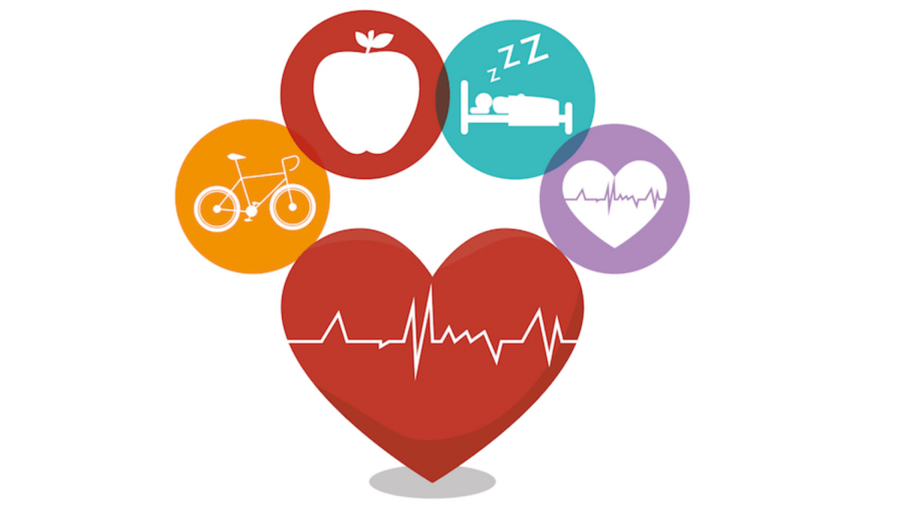How to Stay Active and Fit During the Holiday Season: 15 Ideas

Updated at: 2023-07-04 19:50:42 (2 years ago by Melkisedeck Leon Shine)
How to Stay Active and Fit During the Holiday Season: 15 Ideas
🎄 The holiday season is often synonymous with indulgence and relaxation. As we gather with loved ones, feast on delectable treats, and unwind from the year's stresses, it's easy to let our fitness routines slip. However, staying active during this festive time is essential for both our physical and mental well-being. In this article, we will explore 15 practical ideas to help you maintain your fitness level and embrace a healthy lifestyle, all while enjoying the holiday season to the fullest.
-
🎁 Start the day with a brisk walk or jog: Kickstart your mornings with a dose of fresh air and exercise. Before diving into the day's festivities, take a 30-minute walk or jog to boost your metabolism and energize your body.
-
🎉 Engage in active holiday traditions: Transform your holiday traditions by incorporating physical activities. From playing a game of touch football to organizing a dance party, find ways to get everyone moving and laughing together.
-
🏋️♀️ Embrace festive workouts: Many fitness centers and online platforms offer holiday-themed workouts. Join a virtual class or try a holiday-inspired routine, such as "12 Days of Fitmas," to keep your exercise routine exciting and engaging.
-
🌲 Decorate with an active mindset: Instead of simply admiring the beautiful decorations, why not make decorating an active endeavor? Climb ladders, carry boxes, and engage in physical movements while transforming your home into a winter wonderland.
-
❄️ Embrace winter sports: Take advantage of the season's snowy charms by engaging in winter sports. Go skiing, snowboarding, or ice skating with family and friends, enjoying the thrill and burn of calories simultaneously.
-
🎳 Plan active social gatherings: Instead of focusing solely on food and drinks, organize social gatherings that involve physical activities. Arrange a bowling night, plan a hike, or challenge friends to a mini-golf tournament.
-
🍽️ Practice mindful eating: While it's important to indulge in holiday treats, be mindful of portion sizes and make healthier choices whenever possible. Fill your plate with nutritious options like vegetables and lean proteins, allowing yourself small portions of your favorite indulgences.
-
🍎 Stay hydrated: Maintaining proper hydration is crucial for optimal health during the holiday season. Drink plenty of water and limit your intake of sugary beverages, which can contribute to energy crashes and unwanted weight gain.
-
🌅 Take advantage of daylight: Winter days can be shorter and colder, but try to make the most of the daylight hours by engaging in outdoor activities. Go for a hike, try winter photography, or simply take a walk in nature to boost your mood and stay active.
-
🎁 Give fitness-related gifts: Encourage your loved ones to stay active by gifting them fitness-related items. From workout gear to gym memberships or fitness trackers, these presents can inspire and support their fitness journeys.
-
🏊♀️ Make use of hotel facilities: If you're traveling during the holidays, choose accommodations that offer fitness facilities. Utilize the hotel gym or go for a swim to keep up with your exercise routine.
-
🏠 Create a home workout space: If going to the gym isn't an option, create a designated workout space at home. Invest in some basic equipment like resistance bands, dumbbells, or a yoga mat to have the convenience of exercising whenever you want.
-
🚶♀️ Incorporate active breaks: During family gatherings or long holiday meals, take breaks to engage in short bursts of physical activity. Suggest a family walk around the neighborhood or lead a fun exercise session to keep everyone active and entertained.
-
🎅 Volunteer for active events: Many holiday events, such as charity runs or walks, require volunteers. Get involved and offer your support while staying active. It's a win-win situation where you contribute to a good cause and maintain your fitness.
-
🌟 Stay motivated with accountability partners: Find a fitness buddy or create a virtual support group with friends and family. Share your fitness goals, progress, and challenges, and hold each other accountable throughout the holiday season.
🎄 This holiday season, let's prioritize our health and well-being by staying active and fit. By incorporating these 15 practical ideas into our festivities, we can embrace the joy of the season while maintaining a balanced and healthy lifestyle. Remember, a little effort and creativity can go a long way in ensuring our holiday season is filled with both indulgence and well-deserved self-care. Happy holidays and happy fitness! 🎅🌟



